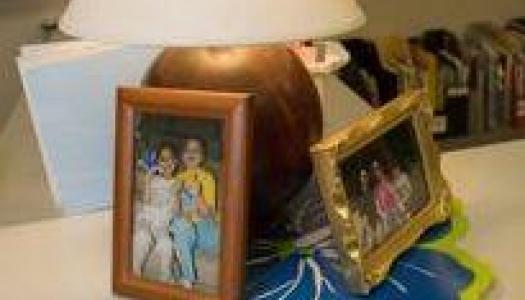Creating an Art Gallery
Join Our Community
Access this resource now. Get up to three resources every month for free.
Choose from thousands of articles, lessons, guides, videos, and printables.
Student artwork has the power to transform our classrooms. The beautiful work students produce can bring character and personality to a room, spike curiosity, and provoke thought. Consider the placement of students' artwork in what we call an Art Gallery, or an area that is large enough so many pieces of art can be displayed. The visual impact is often striking.
When choosing a location for the gallery we consider the following:
-
 Using your eyes as a guide, notice what area of your classroom your eyes are drawn to. Is it above the bulletin boards, or maybe above the coat rack? Perhaps unused space above storage closets?
Using your eyes as a guide, notice what area of your classroom your eyes are drawn to. Is it above the bulletin boards, or maybe above the coat rack? Perhaps unused space above storage closets?
- Think outside the box. Artwork doesn't always need to be put up on a wall or bulletin board. Consider hanging a piece of fabric or curtain from the ceiling and use magnets to mount art work on both sides.
- Bring in a large branch from a dead tree. Using small clothes pins, hang small pieces of artwork from the delicate branches.
- Find a space that is large enough to display at least half of your class's artwork. This creates a statement and an interest area for eyes to wander to.
- As in a real art gallery, we want variety. We challenge ourselves to hang whole class art projects that tend to look the same in different areas of the classroom. If all of the pieces are too similar, our eyes interest in the work decreases. Choose different pieces for each gallery, tying the pieces together with framed construction paper borders or inexpensive black frames.
Finding the perfect location for an art gallery just takes a little thought. Take a visual walk through your room and remove excess charts, posters, and clutter so the students work can be a main focal point.






